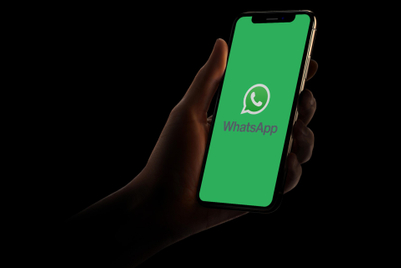
CATEGORY ANALYSIS: COURIER SERVICES
Like airlines, logistics brands have a difficult time achieving brand distinction, and the category isn’t subject to a great deal of movement at the top: It’s been a two-horse race between FedEx and DHL since this survey began, with FedEx currently winning out regionally.
The US brand was the only courier service to make the top 100, sitting at 97, down from 80 last year. DHL came in at 107, down from 99. It hasn’t all been plain sailing for the global giants though, since individual markets have their own local preferences.
FedEx fell from 3 to 5 in China, where Shenzhen-based SF Express continues to dominate. FedEx faces reputational damage in the country, where it has become a pawn in US president Donald Trump’s trade war. As of June, the authorities are investigating it for failing to deliver a Huawei consignment in the US.
SF Express has also had a good run in the regional overall Top 100 ranking since 2013, moving up steadily from an entry at 521 to 291.

In India, DHL managed to topple FedEx from the top spot in the category with its Blue Dart subsidiary. Kuroneko Yamato is the top player in Japan, and has made inroads in other regional markets, faring best in Thailand at 11. Indonesia’s JNE is strongest in its home market, with FedEx falling to third after Tiki, another domestic service.
UPS, which fell sharply over the past three years, clawed its way back up the ranking slightly, from 504 to 468. Brands seem to have offered little in the way of arresting, locally tailored communications in the past year, although FedEx generated some interest globally with the unveiling of its 'Sameday Bot' robot delivery service.
A recent three-minute video by the same brand called ‘A Day of Possibilities’ is typical of positioning in the sector: stock imagery of high-speed transportation combined with stories of the unique logistics needs of various customers. The work is more or less interchangeable between brands.
Brand preference can therefore be seen as coming down to reliability, familiarity and pricing, with little incentive to switch other than a deterioration in service. A bit of personality in addition to ongoing service tweaks would not go amiss, especially taking into account the threat from the constantly evolving ride-sharing sector, and impending (though controversial) innovations from Amazon such as drone delivery.



.jpg&h=334&w=500&q=100&v=20250320&c=1)
.jpg&h=334&w=500&q=100&v=20250320&c=1)
.jpg&h=334&w=500&q=100&v=20250320&c=1)



.png&h=334&w=500&q=100&v=20250320&c=1)

.png&h=334&w=500&q=100&v=20250320&c=1)








